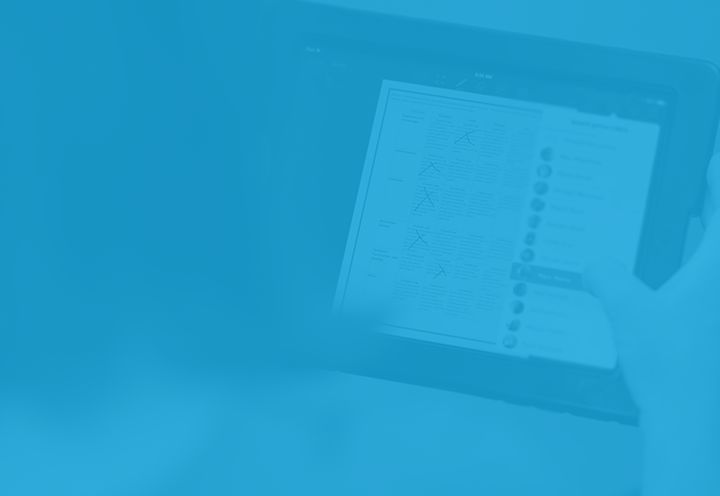Editor’s note: This is a guest post written by Rachel Land Nystrom. A self-described “education policy junkie,” Rachel loves to combine the research skills she honed while earning an M.S. in Education Policy with her technical writing chops to help others interpret and understand what’s new in the education market.
Schools are constantly asked to do more with less, but this can be really tricky when implementing a technology plan. New devices, new software, hardware upgrades – the costs add up fast! However, there are some things that you can do to save money when implementing technology and to make the most of technology once it’s in place. Check out these helpful tips!
1) Encourage students to take pride in their devices
Before deploying devices, have an orientation to show students how to take care of their new technology. Remind students that devices are fragile and that they are responsible for them. If devices go home with students, have an orientation for families too. A little education can go a long way toward preventing broken devices and downtime, which helps your school get the best bang for your tech buck!
2) Do an audit of current hardware
Before placing an order, first see what you already have. You may be surprised to learn what’s lurking in a storage closet or what was purchased previously. Even if some technology is out of date, it may be possible to upgrade it rather than having to buy new devices. A complete hardware audit can also help you make your case when you need new devices. If you already know what you have, it’s easier to show what you need.
3) Consolidate or get rid of apps
A hardware inventory is a great place to start, but don’t forget about an inventory of apps too. It’s possible your school has multiple apps that have the same or similar features or that you’re paying for apps that teachers don’t use. Examine which apps teachers can’t live without, whether you’re paying for apps that have overlapping features, and whether any apps are underused or not used at all. By eliminating app overlap or low-use apps, you can cut app and training fees, and increase consistency.
4) Go paperless
When implementing a technology plan, remember to consider all the areas in your district where going paperless can reduce costs. Teachers can now use apps to share assignments, grade papers, provide feedback, distribute and collect forms for parents, and much more. Want to see what your district can save by going paperless? Check out this handy paperless calculator!
5) Encourage virtual field trips
Traveling for field trips can be costly, but technology can make it possible for students to experience places and people like never before. Many ready-made virtual field trips are available, and teachers can use classroom management apps to give all students access to the field trips and create classroom discussions or field trip assignments to get groups working together to explore new places.
6) Ask teachers what tech they want
Before purchasing technology, ask teachers what they want. For example, there are many apps that help reduce grading time, help teachers follow up with missed assignments, chase down forms, and reduce photocopying. Teacher burnout can lead to teacher turnover. Every time a good teacher leaves a school, it costs money to recruit, hire, and train a replacement. Are there ways your school can reduce administrative tasks to ease burnout? Classroom management apps can streamline a lot of tasks for teachers and even make managing the classroom easier.



